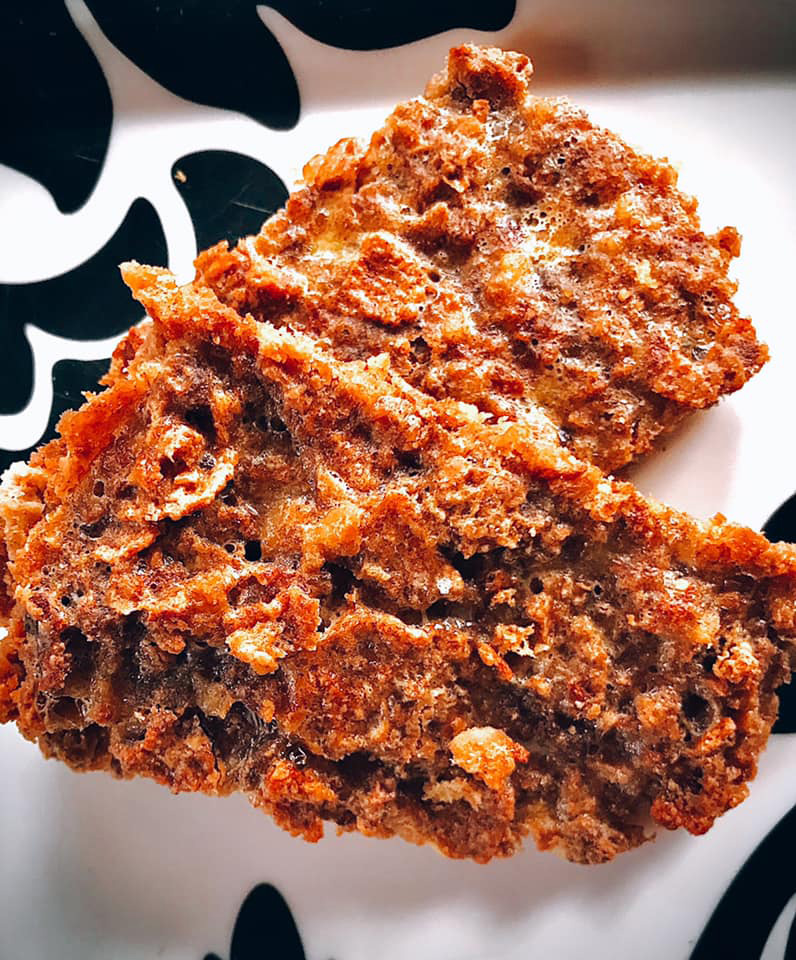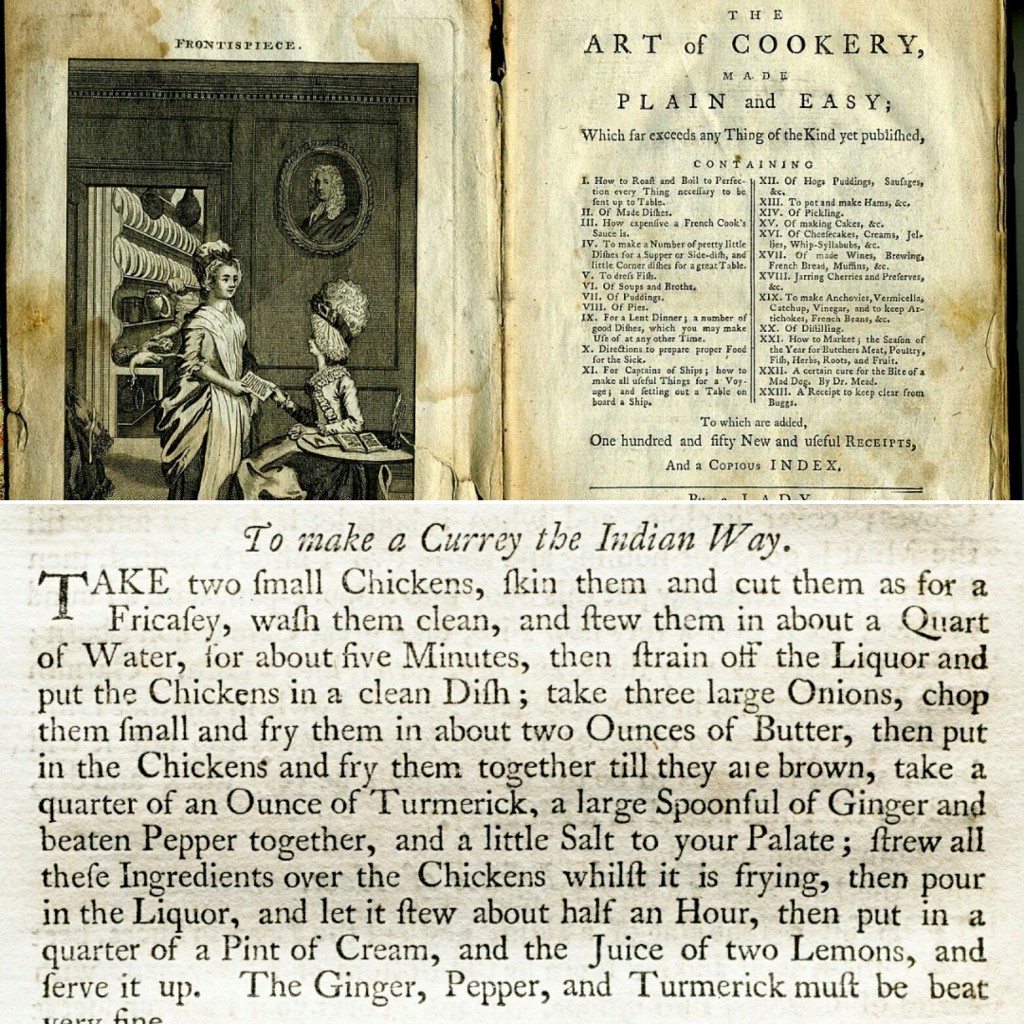The first time I sent an article for peer review, I was a doctoral candidate. A few months after submitting the manuscript, I received a kind rejection. Reader one found the article compelling and endorsed publication. Reader two—of course, reader two—thought the article lacked focus (true), had an unclear thesis (also true), and was not interesting enough (ouch). I bristled at the difference in reports, but one suggestion stuck out. The article focused on meat substitutes produced at the Battle Creek Sanitarium, and the review suggested I cook to better understand the product. I found the suggestion silly and ahistorical. I complained about it to my friends: How could I taste or smell food the same way someone did a century earlier?

Courtesy Adam Shprintzen
Meat substitutes marked a turn for the vegetarian movement at the start of the 20th century, one that led to a depoliticization for a whole generation of vegetarians. Protose—the name mashes together the word protein and the suffix -ose, or full of—was the most popular and enduring meat substitute crafted in the experimental kitchen at the Battle Creek Sanitarium (or San), the Michigan health resort operated by John Harvey Kellogg from 1876 to 1943. Promoted as a versatile meat alternative, Protose could be eaten as an entrée like a beef steak, on a sandwich for a light lunch, or as a roast to be carved ceremonially. The product was served to San visitors, marketed via mail order, and available at local grocers. The marketing of fake meats in early-20th-century America represented a transformation from vegetarianism’s radical, 19th-century political past into a community of individualistic consumers looking to produce healthy, economically productive bodies and minds.
Forced to cook more at home during the pandemic, I finally returned to reader two’s suggestion. Research based on product descriptions led me to an approximation of the product: wheat gluten, cereal, and peanut butter. I used a wooden mixing spoon to work the ingredients together, which increased in resistance as the peanut butter activated the gluten proteins. The ingredients combined into a meatish paste with the consistency of raw, ground beef.
To turn the basic recipe into a real meal, I followed a 1913 recipe for Protose cutlets from Lenna Frances Cooper, the San’s head dietician. The recipe called for Protose to be mixed with corn flakes, milk, eggs, and salt. The mixture was slow-roasted in an oven and filled our apartment with a smell that can best be described as vaguely chicken-adjacent. The result was texturally satisfying, though admittedly a little bland.
Reader two, at least in this instance, was right. The experience did help me understand why this was a culinary step forward for vegetarians, both fulfilling a desire to have more food choices and to present vegetarianism as socially acceptable by emulating meat. Smelling, tasting, and touching this fake meat helped me appreciate the sensory power of food as a historical force. And as a vegetarian of 16 years, the process also helped me appreciate and understand that my own food choices were and are very much shaped by the fake meats of the past.
Adam Shprintzen is associate professor of history at Marywood University. He tweets at @VegHistory.
Tags: Everything Has a History North America Food and Foodways

This work is licensed under a Creative Commons Attribution-NonCommercial-NoDerivatives 4.0 International License. Attribution must provide author name, article title, Perspectives on History, date of publication, and a link to this page. This license applies only to the article, not to text or images used here by permission.
The American Historical Association welcomes comments in the discussion area below, at AHA Communities, and in letters to the editor. Please read our commenting and letters policy before submitting.
Comment
Please read our commenting and letters policy before submitting.










